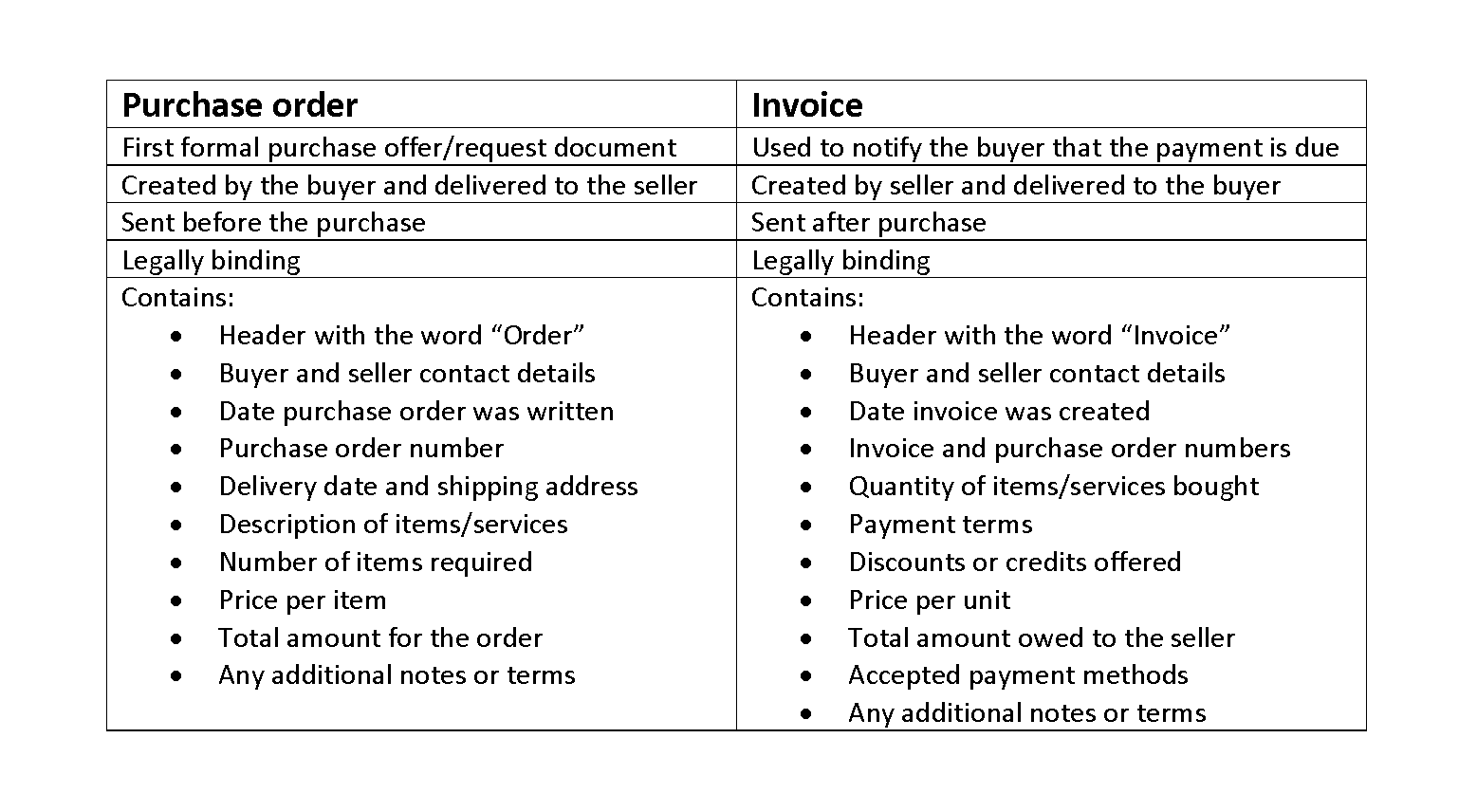
You can set it up to automatically deduct payroll taxes (just like any other employer) through a payroll tool, like Collective Payroll. A sole proprietor’s equity balance is increased by capital contributions and business profits and is reduced by owner’s draws and business losses. For an LLC that did not take an S-election for federal tax purposes, using the draw method allows you to pay yourself as needed just as if you are a sole proprietorship or partnership.
- The owner can take money from the business without setting a fixed salary.
- A default partner is like a sole proprietorship split among multiple people.
- Average salaries for business owners range from $50,000 to $90,000, and it’s common for a business owner to not take a salary during the first few years of operation.
- An owner’s draw is what happens anytime you take money out of the business for personal use.
- Since an S-Corp is structured as a corporation (which is a legal entity in its own right), the profits belong to the corporation and owner’s draws are not available to owners of an S-Corp.
TL;DR: What is the best way to pay yourself as a business owner?
An owner’s draw is what happens anytime you take money out of the business for personal use. It’s an accounting term and doesn’t have implications for Food Truck Accounting your income taxes. The definition of an owner’s draw could be a little fuzzy, depending on how you manage money in your business. Always look at your profits (and cash flow) before deciding on your paycheck. Make sure your share of the profit leaves enough in your business account to cover bills, income taxes, investments, and other operating expenses.

Expenses

You can take a distribution from your owner’s equity, based on your normal balance percent ownership in the company. These distributions are a deductible expense to the corporation, and you as the business owner will pay taxes on these earnings on your personal income tax return. An owner’s draw may have different tax implications compared to payroll.

Do sole proprietors pay more taxes than S Corps?

So, make sure that you review the above section on business classifications carefully as that will reveal a lot about the best way to pay yourself as a business owner. Online payroll services will help you keep your payroll tax documents organised. Choosing the right provider, one that supplies expert support, will be key in assisting with any tax confusion or compliance issues. You love your business, but that doesn’t mean you can afford to work for free. Yet, figuring out how to pay yourself as a business owner can be complicated. If you decide the Limited Liability Corporation (LLC) company structure is right for you, here are the steps to take in order to correctly pay yourself as the owner of an LLC.
- She’s a sole proprietor who owns a catering company called Riverside Catering.
- An owner’s draw is distinct from a salary, as it represents a withdrawal of funds from the business for personal use rather than a predetermined and regular payment.
- A salary may allow you to qualify for certain tax deductions and credits.
- Unlike a salary, a fixed amount paid to an employee regularly, an owner’s draw is not guaranteed and can vary depending on the business’s profitability.
- If you are taking a draw from your business as a sole proprietor, you can draw as many times as desired, as long as funds are available.
- It’s an accounting term and doesn’t have implications for your income taxes.

There are no specific guidelines for what constitutes reasonable compensation. It’s important to carefully consider these in determining your salary to avoid an IRS audit. While you’ll still be paying these taxes as the business owner, the advantage of being a salaried employee is that you won’t have to worry about calculating and paying the taxes at tax time.
- The remaining profit, after the salary and any allowable business deductions, is taxed at the individual level on the owner’s personal tax return.
- Those considerations will help you land on a suitable number to pay yourself, whether you take it as a salary or a draw.
- Unlike other business structures, owners of C Corporations do not take an owner’s draw.
- An owner’s draw may be less credible to lenders or investors than a fixed salary, which could negatively impact the business’s ability to secure financing or attract investment.
- The optimal approach depends on your business structure and personal financial situation.
Salaries go a long way to paying personal bills and buying confidence in your start-up. In order to maintain accurate records of the owner’s equity account, it’s necessary to update the equity balance whenever an owner’s draw is recorded. For example, if an owner starts with an equity balance of $10,000 and takes a $500 draw, the new equity balance would be owners draw vs salary $9,500. In a partnership, each partner is personally taxed on half of the business profits.